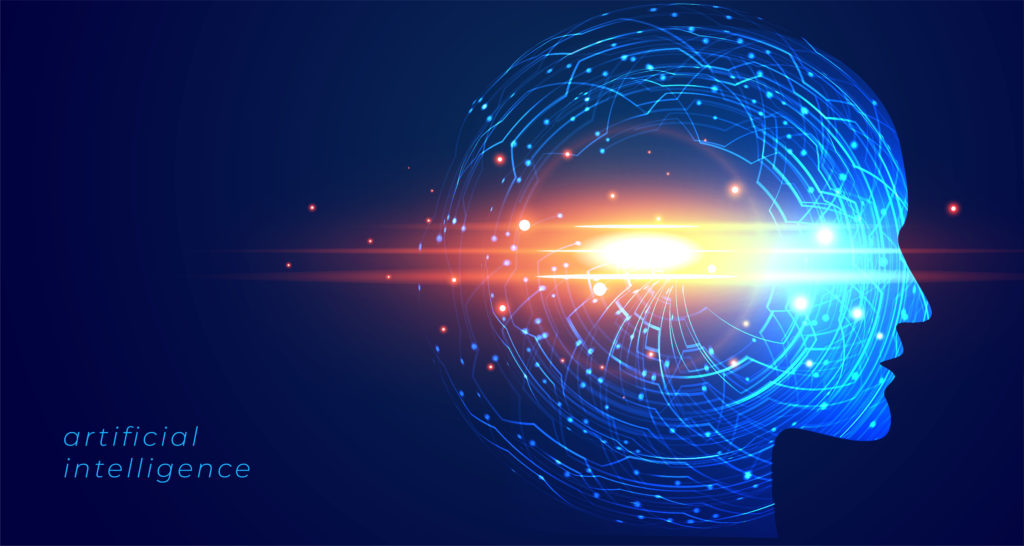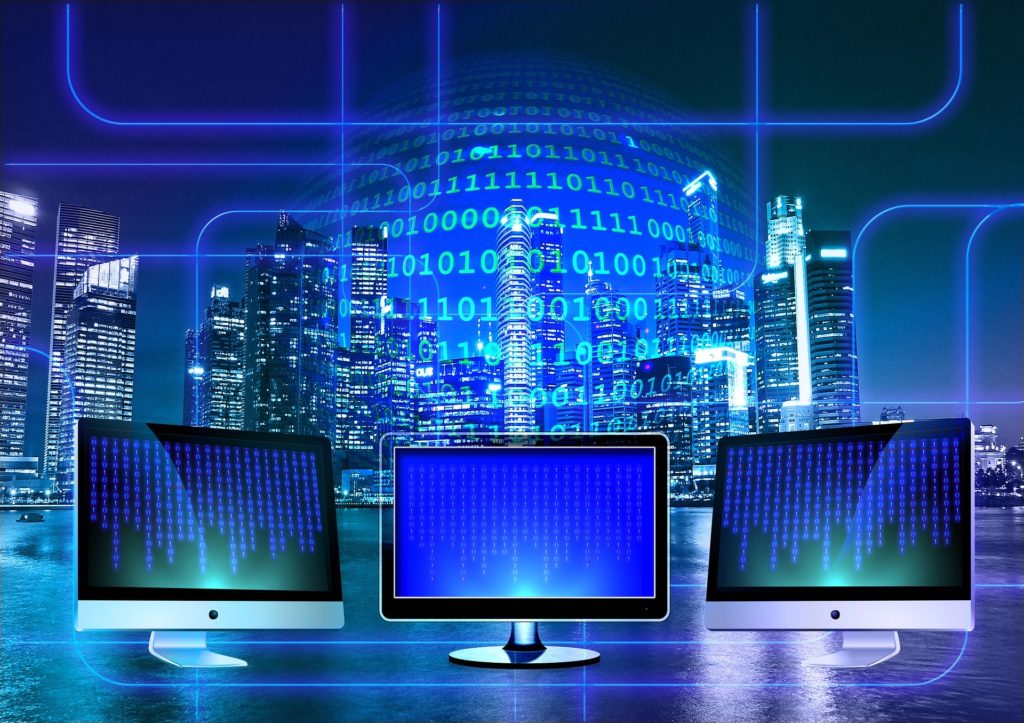Artificial Intelligence plays a major role in changing the future of the world including every industry and human being. Artificial intelligence acts as a driver for emerging technologies like IoT, robotics and big data. One of the most important applications of Artificial Intelligence includes Machine Learning and it provides the system with the capability to learn from their previous data and work accordingly in the future without being explicitly programmed.

Machine Learning
Now let’s know more about what machine learning is. It is a branch of Artificial Intelligence that provides the system with the ability to access the data in order to look for particular patterns in the data and thus make the system efficient enough to make better decisions in the future. In general, it collects sufficient information from the training data and thus attains the knowledge enough to make predictions in the future. It has turned out to be one of the most influential and powerful technologies in this era. We deal with a lot of data and it is necessary to find a pattern in this data and perform all complex decision making and this is what machine learning does and with this pattern, we will be able to predict future data. We have to allow computers to learn automatically with no human intervention.
Machine learning could be categorised as follows,
Supervised Learning Unsupervised Learning Reinforcement Learning
SUPERVISED LEARNING
Supervised learning deals with tasks that involve mapping of an input function with respective output based on the input output pair examples.It basically teaches or trains the machine to correctly match an input with a correct answer with the help of well labelled training data.
Inorder to analyze this let’s take an example:
- Consider we have a basket full of vegetables. Now we have to train the machine detailing of each vegetable.
- An object which is round in shape and red in colour: Tomato
- An object which seems like a cone and orange in colour: Carrot
- Now if we are given a new vegetable and told to identify it by the machine then the machine analyses the previous examples and the features of the new unknown vegetable and matches it accordingly.
This type of learning is called supervised learning because the training data act as a teacher which teaches the system and corrects the mistake until the system can achieve good performance.
Supervised learning is further classified into classification and regression.
- Classification: It includes categorising or grouping the data such as categorizing animals fruits based on its features
- Regression: It involves dealing with real-valued targets such as rupees, weights.
UNSUPERVISED LEARNING
Unsupervised learning deals with tasks that involve training of the machine using unlabelled or unclassified training data with less human supervision. Here you have input variables and no output variables. There is no teacher or supervisor and thus no training is given to the machine. The machine is allowed to work on its own and discover details on its own. Thus the task of the machine is to group this data based on the similarities and features they observe without the help of training data.
Inorder to analyze this let’s take an example:
Consider a baby and her family dog where the baby recognises her dog. Baby could even recognise other dogs as all the dogs share some kind of common features.No one is teaching the baby to recognise the dog but she learns all by herself. This is a perfect example of unsupervised learning. In the real-life just like the baby the system is provided with a lot of data which is neither classified nor labelled but the system on its own analyses and study the data and without any pre-training creates a classification algorithm.
Unsupervised learning can be classified into clustering and association:
- Clustering: It involves grouping the given set of data into groups based on the similarities.
- Association: It creates the set of data which occur or are purchased frequently together.
REINFORCEMENT LEARNING
It is a type of machine learning which trains the machine to make the best decision in a particular situation. This type of learning does not provide any training data and it learns from its experience. The system performs a trial and error environment in order to achieve success in a problem. The system finds a solution to a problem in many ways where there could be rewards as well as errors. The system is not given any hint in order to find the solution to this problem and task of the system is to maximise the rewards as many as possible and to reduce the errors. In reinforcement, learning decisions are taken sequentially and the next input depends on the output of the previous input. Let’s consider a chess game where the system plays with the human. Every move of the system depends on the output of its previous move. Thus system attains special human skills of taking decisions and learning from mistakes.

Machine Learning Applications
Machine learning is one of the most trending and important technology right now and its major step in how computers can learn on its own. Applications of machine learning include:
- Social Media
- Web search engine
- Virtual Personal assistant
- Google translate
- Online shopping
Social Media: Many of the best features in Facebook like face recognition friend suggestions are nothing but the applications of machine learning. Whenever you post a picture on Facebook, the system recognises the people in the picture based on the person’s features and their profile on Facebook with the help of machine learning. This is the face recognition application of machine learning. Facebook keeps a tab on the profiles you visit, places and universities you have been and provides you friend suggestion based on that.
Web search engine: Google search engine provides better search results with the help of machine learning. The system algorithms watch on how you respond to the results shown by them. They provide some top results and if you stay on the page for a longer period, then the system assumes that you have the required page. If you move from one page to others in less time then it assumes you are not satisfied with the result. So with every search, they start providing more and more thus improving the search results.
Virtual personal assistant: Virtual personal assistants like Siri, Alexa performs speech recognition, speech to text conversion, text to speech conversion with the help of machine learning. You can instruct the personal assistant to do things like to make a call, set an alarm, find the flights from china to Delhi. The personal assistant collects the information and thus look into related information and past queries related to this or may send a command to other resources to collect information.
Google Translate: When you travel to new places it would be very difficult for you to understand and communicate with the locals and read boards written in the local language. Well, that seems an old situation and now we do have google translate in order to make communication easier as it works on many languages very efficiently. It is one of the best and very useful applications of machine learning.
Online shopping: Suppose you bought a product from or searched for products in one of the online shopping sites and that start providing you with recommendations that suit your taste. So the system collects information based on your searches and the products added to your cart, products you liked and products you bought and thus with the help of this information provides you suggestions. The system also checks what set of products are frequently bought by people together and provides the suggestion for that product if the other product is bought by the customer.
Thus machine learning is very useful and has many applications which make our life comfortable and modern.
PREDICTIVE ANALYSIS
The most popular application of ML is predictive analysis, which uses historical data to make predictions or recommendations for future events. Do you know how your phone starts to provide suggestions of words to use as you’re typing out a text? That’s predictive analysis at work. The system has recorded patterns of the words you actively use in order to provide suggestions for responses in the future.
Predictive analysis is used across a multitude of apps, like e-commerce, social media, finance, and even transportation. E-commerce apps use predictive analysis to provide consumers with recommendations for other products to consider purchasing. The system detects patterns in items that are commonly purchased together and generates suggestions based on these patterns. Social media does the same, but instead of suggesting products, it recommends people to follow. As mentioned earlier, the system collects demographic data from users and (using unsupervised learning) creates patterns to make these suggestions to users.
Tons of budgeting apps will use your banking information (after giving permissions to link) to help you manage income and spending. The system analyses your transaction history and detects patterns to offer appropriate suggestions for spending. That maps app you use to find the best route to get from work to home uses ML, too. The system records past traffic patterns associated with the time of day to provide recommendations for your commute. ML is in use all around you, and you may not have even realised it until now.
